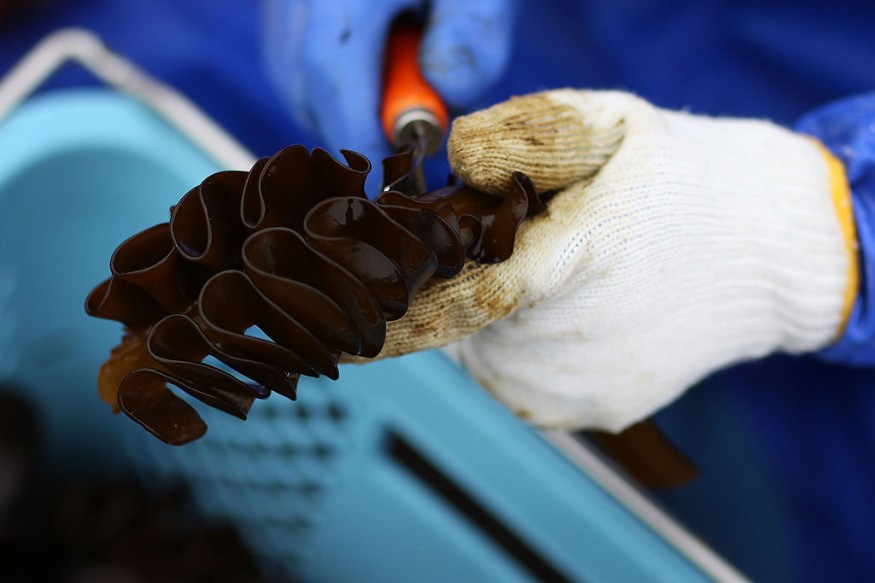
With global climate action still struggling to meet reduced emission targets, many scientists are dedicating more innovative discoveries towards the goal of highly sustainable, carbon-negative living.
And in recent years, some researchers are showing that seaweed could serve as the base model for how future materials could be farmed and consumed, all while absorbing the excess of carbon that is driving climate change.
Top qualities sustainable material
Here is just a brief outline of what qualities ideal sustainables should have.
1. It serves as a replacement for current materials.
The last decade has seen a tremendous spike in the use of seaweed for food packaging. Because of the plant properties of certain species, it has seen itself as a substitute for less carbon-neutral paper packaging as well as plastic containers.
2. It absorbs tremendous amounts of carbon during its life cycle.
It has been said that the proliferation of seaweed (whether through direct farming or planting kelp forests) could absorb over a hundred million metric tons of carbon from the ocean. In fact, it has been argued that not even the world's land forests could compare to the carbon sink created via underwater plant life.
3. It enables other models of sustainability.
Turning seaweed into food seems like a no-brainer. However, other experts have taken that to a new level by using seaweed as an ingredient in livestock feed. Seaweed is also a favorite among a number of fish and crustaceans and this could potentially create more sustainable seafood farms. This, in turn, lends its carbon neutrality to all sorts of production.
Turning to seaweed for a sustainable future
Of course, the use of seaweed does not come without caveats. They are known for not going very well with coral reefs, which are also important for the ocean's biodiversity. Raising the wrong species could also lead to an invasive disruption in the local ecosystem as well.
On the bright side, it may not take an entire world full of seaweed farms to get carbon emissions back into pre-industrial levels. Some studies have shown that an entire state's worth of carbon emissions could be absorbed if about 4% of the coastal areas could be dedicated to seaweed farming.
This is a good representation of what many carbon capture innovators want to achieve. It is not enough for tomorrow's materials to be recyclable or biodegradable. A wider picture must be considered, where the production of those materials does not contribute to the carbon footprint.
It should also not lead to further degradation of existing ecosystems (which have already suffered immensely from climate change). Instead, it should be modeled closely along the lines of natural cycles and direct them towards undoing the damage done by man-made activity.
For some experts, time has officially run out and the terrible consequences of global warming are already happening. However, that has not stopped plenty of other innovators from trying their best to make sure things do not get worse.
And thanks to the seaweed, they have plenty of ideas of how to do just that.
© 2025 NatureWorldNews.com All rights reserved. Do not reproduce without permission.





